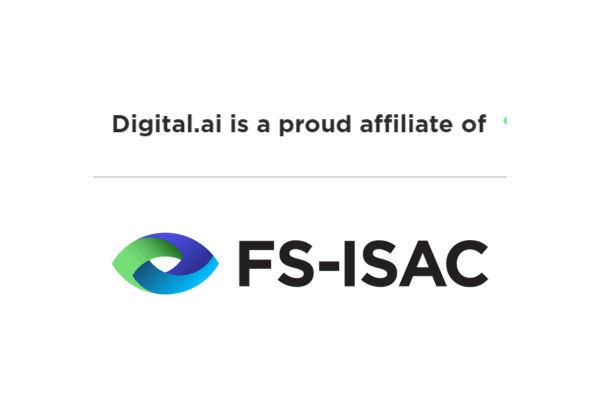Are you ready to scale your enterprise?
Explore
What's New In The World of Digital.ai
Digital.ai and FS-ISAC: Forging a Safer Future in Financial Services
Exciting news: Digital.ai is now a proud affiliate of FS-ISAC, fortifying financial cybersecurity!
Exploring Reverse Engineering: Benefits, Misuse, and the Role of Application Hardening
Uncover the world of reverse engineering: its benefits, potential misuse, and the role of application hardening in thwarting threats.
Worship at the Steve Jobs Cathedral or Embrace the EU’s Bazaar: How to Navigate the Digital Marketplace Act
Explore the impact of the Digital Marketplace Act on app security and consumer choice, and get advice for enterprises navigating the evolving landscape.







